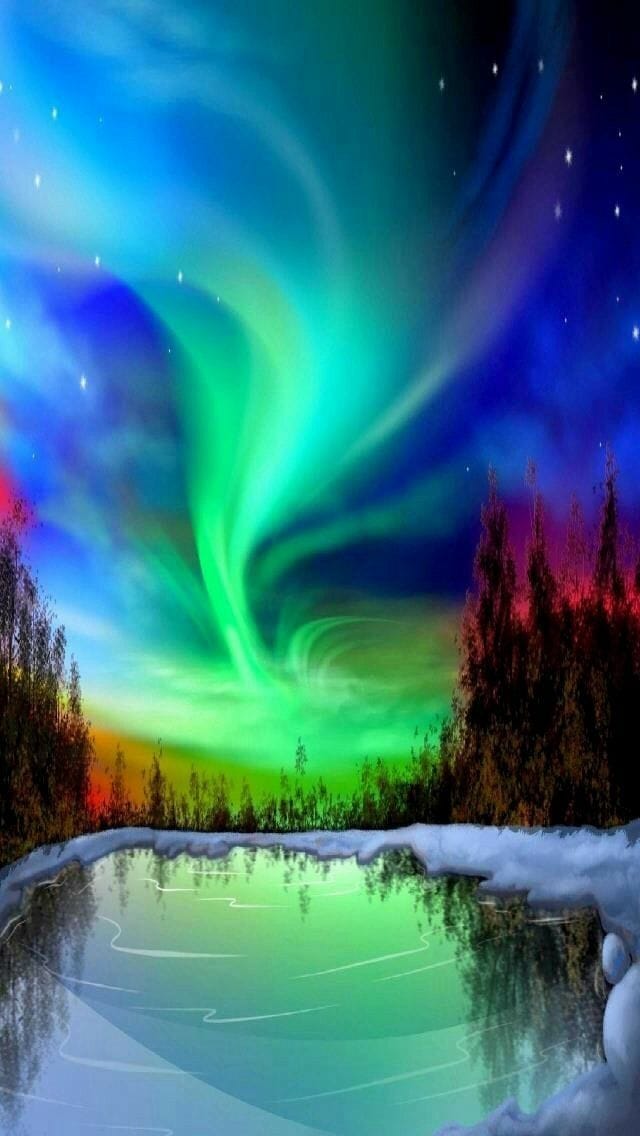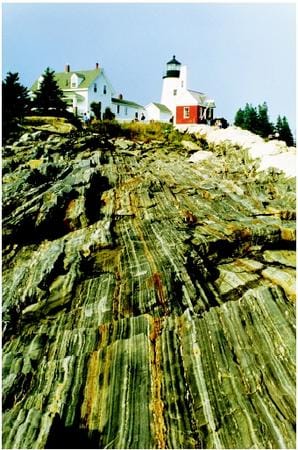As New Year’s Eve approaches, excitement is building among astronomy enthusiasts and casual observers alike, as forecasts indicate that the Northern Lights, also known as the Aurora Borealis, may grace the skies of the continental United States. This stunning natural light display, typically confined to higher latitudes near the Arctic, could be visible to millions across the country, providing a unique way to ring in the new year.
The Northern Lights are caused by the interaction between charged particles from the sun and the Earth’s magnetic field. When solar winds carry these charged particles toward Earth, they collide with gases in the atmosphere, creating bursts of light that can appear in various colors, primarily green, pink, and purple. The intensity and visibility of the auroras are influenced by solar activity, which has been particularly heightened in recent weeks due to a series of solar flares and coronal mass ejections.
This surge in solar activity has led scientists to predict that the auroras could extend further south than usual, potentially reaching states that rarely experience such displays. Traditionally, the Northern Lights are best viewed in places like Alaska, Canada, and northern Europe, but this New Year’s Eve may offer a rare glimpse for those in the continental U.S., especially in northern states such as Montana, North Dakota, and Minnesota. However, depending on the strength of the solar activity, areas as far south as Illinois and even parts of the Northeast could have a chance to witness this breathtaking spectacle.
For those wishing to catch a glimpse of the Northern Lights, there are several factors to consider to enhance the viewing experience. First and foremost, finding a location far from city lights is crucial, as urban light pollution can significantly diminish visibility. Ideally, observers should seek out dark, open areas with a clear view of the northern horizon. National parks and rural areas often provide ideal conditions for aurora viewing.
Timing is also important. The best time to observe the Northern Lights is typically between 10 p.m. and 2 a.m., although they can appear at any time during the night. It is advisable to monitor local weather conditions as well, since clear skies are essential for optimal viewing. Cloud cover can obscure the lights, so checking forecasts in advance can help determine the best locations and times for viewing.
While many people are excited about the prospect of seeing the Northern Lights, it is essential to approach the event with realistic expectations. The auroras are a natural phenomenon, and their visibility is not guaranteed. Factors such as solar activity, weather conditions, and geographic location all play a significant role in whether the lights will be seen. For those who do not have the chance to see the auroras this time, there will always be future opportunities, as solar cycles continue to influence the occurrence of these stunning displays.
Social media platforms are likely to be abuzz with images and videos of the Northern Lights if they do make an appearance. Many individuals enjoy sharing their experiences of witnessing the auroras, and this New Year’s Eve could serve as a catalyst for a wave of captivating photographs and stories. As people gather to celebrate the transition into a new year, the possibility of witnessing such a magnificent natural event adds an extra layer of excitement to the festivities.
In preparation for the potential sighting, many local astronomy clubs and organizations are organizing viewing events and gatherings. These events often include educational components, providing attendees with insights into the science behind the Northern Lights and tips on how to capture the best photographs. Engaging with local astronomy communities can enhance the experience, allowing individuals to connect with others who share a passion for the night sky.
As the countdown to midnight begins, the possibility of the Northern Lights illuminating the sky serves as a reminder of the beauty and wonder of the natural world. Whether or not the auroras make their appearance, the anticipation of witnessing such a phenomenon can inspire a sense of awe and appreciation for the universe. For those fortunate enough to catch a glimpse of the lights, it will undoubtedly be a memorable way to welcome the new year.
In conclusion, this New Year’s Eve presents a unique opportunity for skywatchers across the continental United States to witness the Northern Lights, thanks to heightened solar activity. While the visibility of the auroras cannot be guaranteed, the excitement surrounding the event highlights the enduring fascination with this natural wonder. As people prepare to celebrate the arrival of a new year, the potential for the Northern Lights to grace the skies adds an enchanting element to the festivities.



